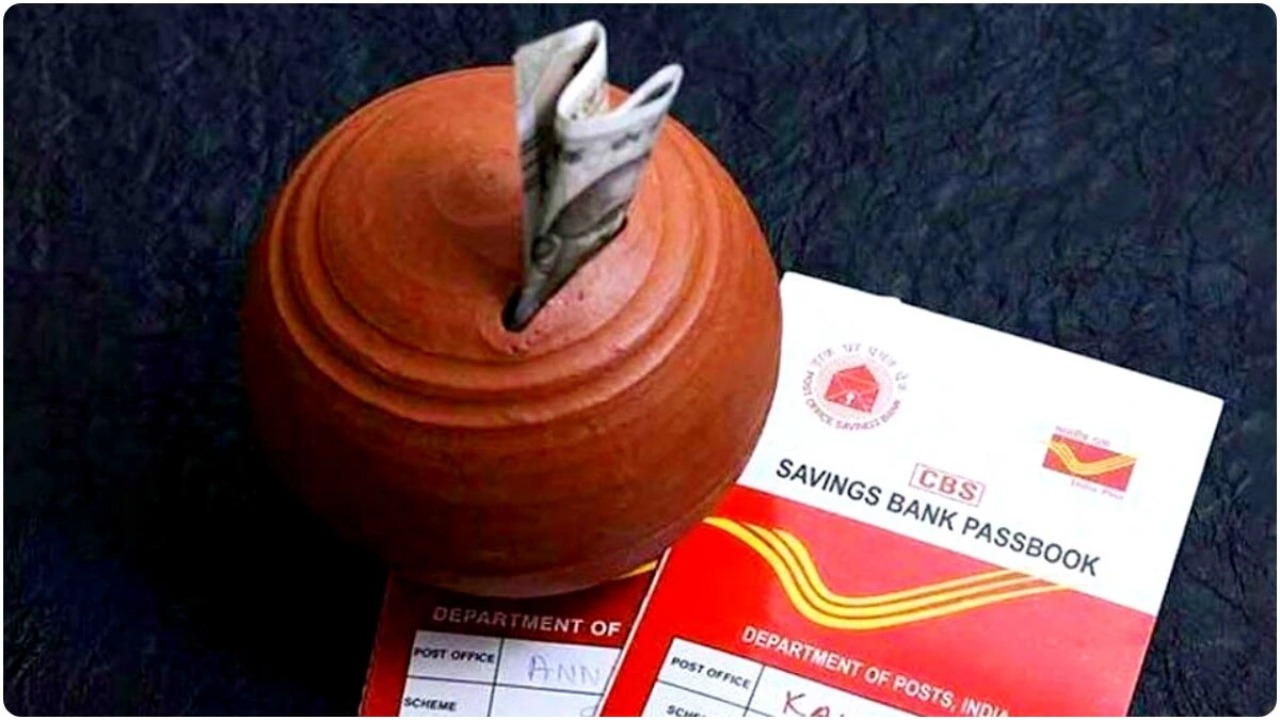Post Office Small Savings Scheme: There are many great investment schemes available in the post office for women, children, common people and senior citizens. These include schemes like Term Deposit, Senior Citizen Savings Certificate, Sukanya Samriddhi Account. In these schemes, investors are guaranteed fixed returns, due to which these schemes have become a safe and reliable option among investors.
Post office schemes
The government changes the interest rates on post office schemes every three months. On December 31, 2024, the government released the revised rates for the last quarter of the current financial year. However, the government did not change the interest rates on post office schemes for the fourth consecutive time. The government changes the interest rates on post office schemes every three months. The financial year 2024-25 will end at the end of this month and on the last day of March, the government will release the new revised rates of post office schemes for the first quarter of the new financial year.
There has been no change in interest rates on small savings schemes for the last four quarters. But this time there is a possibility of change in interest rates on investment options like PPF, SSY, SCSS, NSC. Interest rates on small savings schemes of post office are different. Which scheme is getting the highest interest at this time?
Which scheme is giving the highest return
1. Post Office Time Deposit Scheme- Post Office Time Deposit Scheme, also known as Post Office Fixed Deposit. It has 4 options.
Investors can invest for 1 to 5 years according to their financial goals. The interest rate on this scheme ranges from 6.9% to 7.5%. FDs maturing in 1 year are getting 6.9% interest, 2 years 7%, 3 years 7.1% and 5 years 7.5% interest.
2. Post Office Recurring Deposit Scheme (RD)- In the Post Office Recurring Deposit (RD) scheme, you can deposit a small amount like SIP. This scheme is for 5 years, i.e. maturity occurs 5 years after opening the account. It can be extended for another 5 years. The interest rate on Post Office RD for January-March 2025 is 6.7%, which was increased from 6.5% in October-December 2023.
3. Senior Citizen Savings Scheme (SCSS)- Post Office’s Senior Citizen Savings Scheme (SCSS) is getting 8.2% interest on quarterly basis. This interest rate was increased from 8% to 8.2% in April 2023 and is applicable till now. The minimum deposit amount in this scheme starts from Rs 1000 and investors can invest up to Rs 30 lakh.
4. National Savings Certificate (NSC)- The National Savings Certificate (NSC) scheme of the post office is currently getting 7.7 percent interest, which was increased from 7% in April 2023. This rate is applicable from January-March 2025. The maturity period of NSC is 5 years, in which the interest is compounded annually, but it is paid at the time of maturity.
5. Public Provident Fund Scheme (PPF)- Post Office’s Public Provident Fund (PPF) scheme is getting 7.1% annual interest for the January-March 2025 quarter. This rate was reduced from 7.9% in April 2020 and is applicable till now. Interest in PPF is compounded annually. After completion of 5 years, investors can make 1 withdrawal in a financial year. PPF account is tax free up to Rs 1.5 lakh.
6. Kisan Vikas Patra- The annual interest rate on Post Office Kisan Vikas Patra for January-March 2025 is 7.5 percent. The maturity period of this scheme is 115 months. The government had last reduced the maturity period by 10 years i.e. from 120 months to 115 months in April 2023. Interest on KVP account is compounded annually.
7. Mahila Samman Savings Certificate- The annual interest rate on the Post Office Mahila Samman Savings Certificate (Post Office Schemes) Scheme for the quarter January-March 2025 is 7.5 per cent. This scheme is specially designed for women, in which safe and good interest is available. This scheme is for a period of 2 years and the last date to invest in it is March 2025. That means only one week is left now. The government has not made any proposal regarding the extension of this scheme in Budget 2025, due to which it is being speculated that this scheme may be discontinued after March 2025.
